We’ve been in Germany for more than 100 days now! I know because last week I finished The 100 Day Project!
The 100 Day Project is an online global art project where people commit to doing something every day for 100 days and sharing the results on instagram. Typically people make visual art, because instagram is a visual medium, but you can really do anything you want for 100 days and there’s no need to share your work.
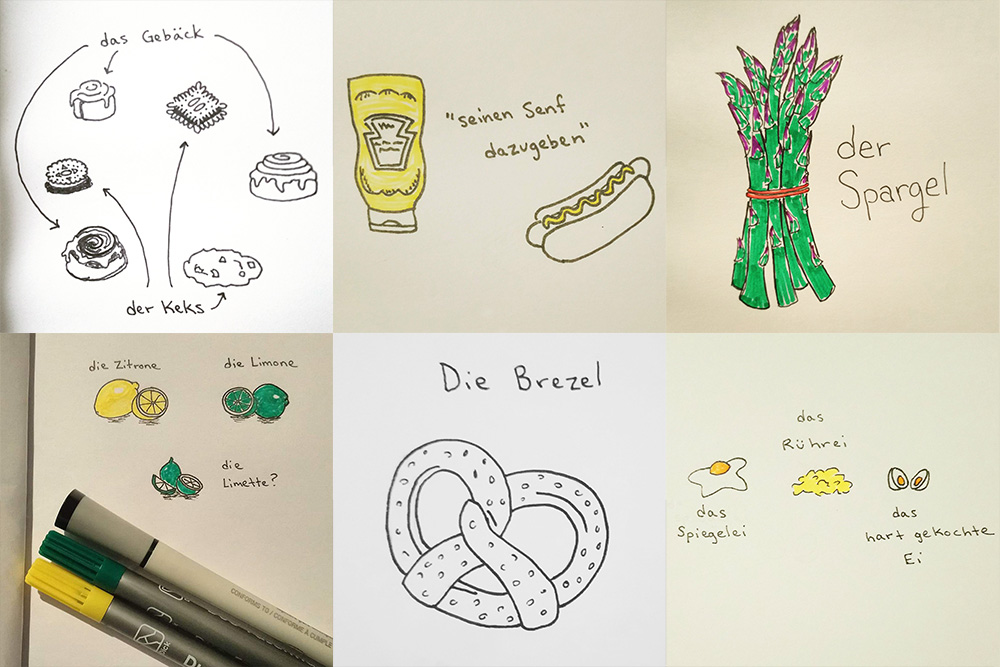
E and I first heard about The 100 Day Project when our friend, Megan, did it in 2016 and used watercolors to paint a different plant every day. Megan makes whimsical art in a variety of styles, which you should check out on her instagram (@hoodsandhats)! We even own several prints of her plant watercolors.
After watching Megan’s project progress via social media, E and I promptly decided to start our own 100 day projects. We lost steam around day 70, but it did get us out of the creative ruts we were in. E made an awesome Edward Gorey-inspired comic, and the characters in it later became the protagonists of a video game he made, called Catty Shack.
The official 100 day project begins in April every year, and my goal last year was to use it as a way to start making visual art again. I loved drawing and painting when I was a kid, but I hadn’t done it in years. It was fun to pick up a pencil and paintbrush again and it was a great way to practice having a growth mindset. If you do anything consistently for 100 days you’ll get better at it, and I’ve definitely found that with drawing.
This year, the 100 day project started a week after we moved to Germany, so I decided to combine making art with learning the language. The result was…
#100daysoflearninggerman
Every day between April 3rd and July 11th, I illustrated a German word I’d recently learned. I often did this project right before bed so sometimes I just needed to draw something quick and easy. Other times I illustrated places I’d been or things that had happened in German class that day. I shared anecdotes about life in Berlin and funny things I’d noticed about the German and English languages.
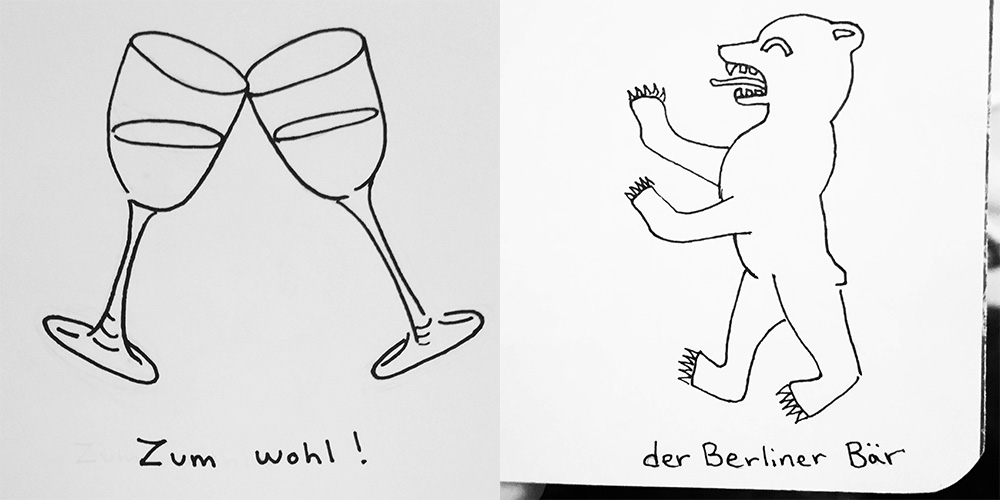
Our best Berlin friend, Ramona, was a faithful follower of my project from day 1. You’ve probably heard that “Cheers!” in German is “Prost!” but according to my guidebook, that’s what people say when drinking beer. When drinking wine, the proper toast is “Zum Wohl.” Ramona mentioned this to several other native German speakers and told me they all agreed that was the custom, but none of them had ever thought about it before! Over the course of this project, we made a lot of other fun realizations about German phrases and English ones.
Last week, I wrapped up on Day 100 by drawing the symbol of my new city – the Berlin Bear, which is about as ugly in my drawing as it is on the city’s crest. Not the strongest note to end on artistically, but it felt appropriate to finish the project with something distinctly Berlin.

When E and I were looking through my drawings, we started to notice some patterns like all the posts that I started with “Ich bin…” which means, “I am…”
Or the ones that turned out sort of lesson-y featuring things like colors, numbers, and shapes.

I particularly enjoyed learning that the word for triangle is made up of the words “drei,” which means “three” and “eck,” which means corner. So a triangle is a “three-corner,” which sounds really silly until you realize that’s exactly what “tri-angle” means too. The Germans take this a bit further, however, because a square is a “viereck” which combines “vier” (four) and “eck” (corner). Yup, triangles are “three-corners” and squares are “four-corners” and you can indeed keep counting up and getting the names for shapes with increasingly more corners.

A common way to make words in German is to just smoosh existing words together. This sometimes results in really unwieldy vocabulary. My favorite example is “Mietschuldenfreiheitsbescheini
Another great example of this practice is words that end with “Zeug,” which just means stuff. The German word for plane is “Flugzeug,” which is made up of the words “flug” (flight) and “zeug” (stuff). And airplane is a “flight-stuff.” Meanwhile, a drum is a “Schlagzeug.” “Schlag” comes from the verb “schlagen,” means “to beat or hit,” so a drum is a “hit-stuff.”
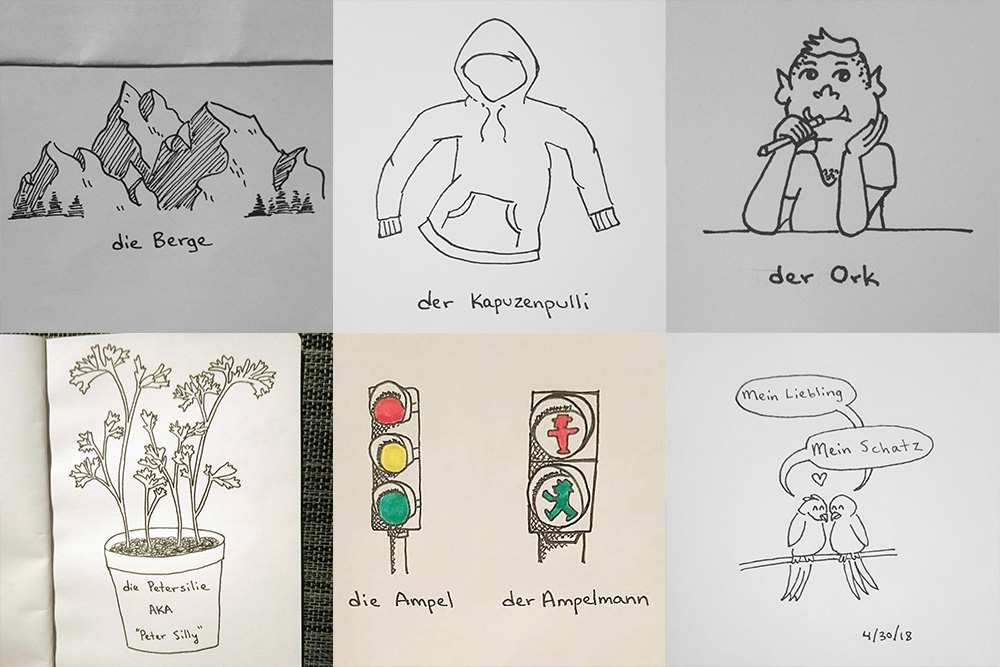
The road to German fluency can be broken down into several levels: A1, A2, B1, B2, C1, C2. And each of these levels can be broken down further into A1.1 and A1.2, A2.1 and A2.2 etc. It’s a useful way to track your progress and give others a sense of where you are in learning the language. Regimenting language learning like that also feels so German, right?
I mention this because I’m pleased to say that last week I started on level A2! I’m far from where I want to be and it feels like everything I learn makes me realize just how much I don’t know. Stringing sentences together and understanding people’s accents are both challenging, but my comprehension is definitely increasing.

One common mistake I made several times throughout this project was gendering nouns. Helpful friends on instragram pointed out that it’s “der Ausflug” (masculine), not “die Ausflug” (feminine). On another day, I randomly decided “Gurke” had an umlaut over the u. When I illustrated my residence permit (“die Aufenthaltserlaubnis”), I caught that I had used the wrong gender before sharing if on social media, but after I had already inked it. It was an opportunity to joke about how my German still needs work so it’s a good thing the foreigner’s office agreed to give me a residence permit for the purpose of language learning.
One of my friends asked if this project actually helped with learning German, and the answer is, yeah, a little. It definitely helped me with vocabulary retention because anything I drew I’m more likely to remember. And it’s also gotten me to think about some of the nuances and patterns in the German language. I’m looking forward to my next 100 days of learning German even though I won’t be illustrating my progress anymore. If you want to see all of the drawings I made for this project, check out my instagram: @opportunemma
Have you ever done a 100 day project? What about a 30 day challenge? If you haven’t, would you try it? What would your project be? I definitely recommend these sorts of challenges for learning new things, forming new habits, or just giving yourself a confidence boost/sense of accomplishment!




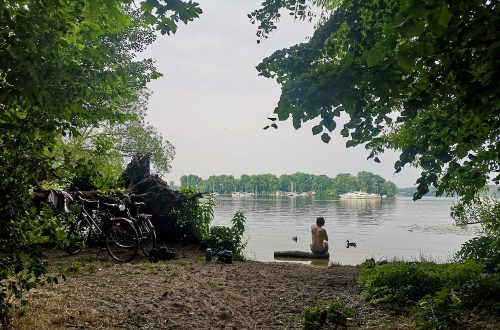
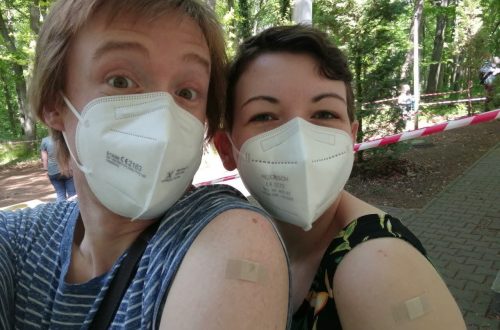
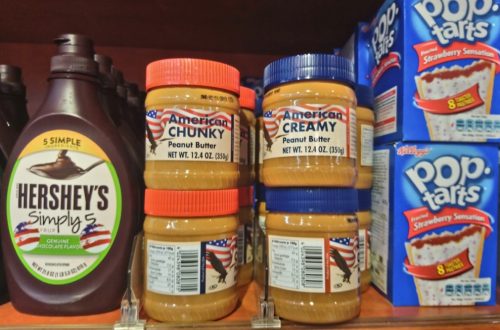
5 Comments
Jeannie O’Donnell-Northup
A VERY INTERESTING POST!!’
opportunemma
Thank you! I’m glad you thought so!
Megan
I love seeing the comparisons of the different days together! And I’m very impressed that you finished this one – I’ve been losing steam earlier and earlier each subsequent time. It feels so good to get it all done!
That is the cutest ork.
Emma
D’aw thanks! This one was easier for me to finish than last year’s project — I think because I knew what to expect, I had a clearer concept (illustrate German, not just the amorphous “make art”), annnnnnnd I didn’t have a day job. Regardless, finishing the project felt great and it was so much fun to see them all next to each other! I’m not happy with how every day turned out but, for me, posting art I don’t love is part of this project. I still learn from the not-so-good art days and when they’re all lined up together, they all look cool. 🙂
Pingback: